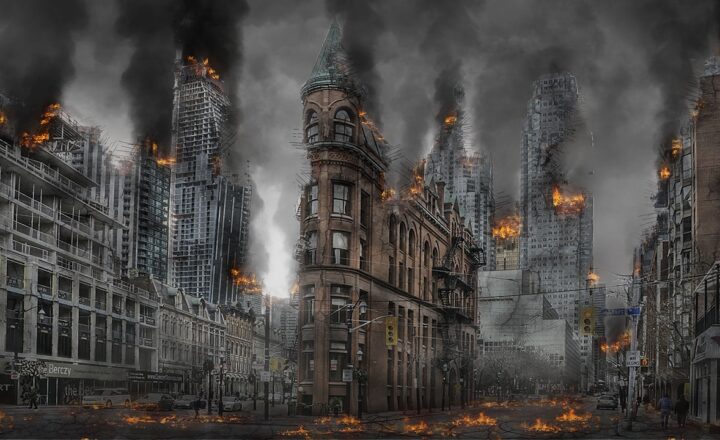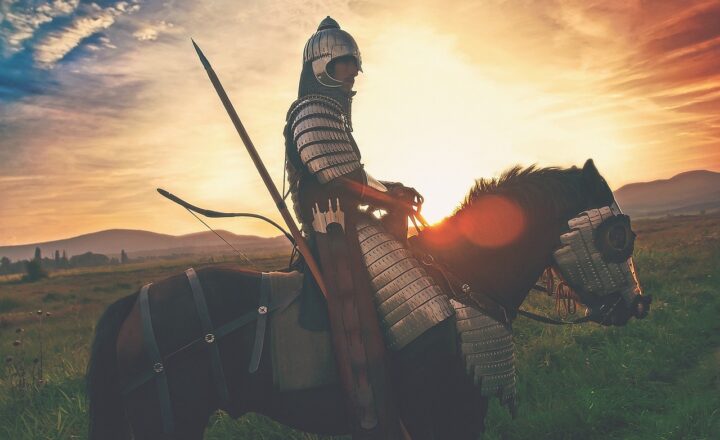
Throughout history, weapons have played pivotal roles in shaping nations, cultures, and even the course of civilization. From ancient blades to modern artillery, the development and use of weaponry have profoundly influenced warfare, politics, and society at large. In this article, we will explore ten iconic weapons that have not only defined military conflicts but have also left enduring legacies on global history.
1. The Bow and Arrow
The bow and arrow have been used for thousands of years, with evidence of their existence dating back to at least 20,000 B.C. These weapons enabled early humans to hunt efficiently and later became crucial in warfare.
– Impact on Warfare: The bow offered a significant advantage over close combat weapons, allowing archers to engage enemies from a distance. Famous historical battles, such as the Battle of Crécy in 1346, showcased the effectiveness of long-range archery against armored knights.
– Cultural Significance: Bows and arrows are prominent in the mythology and folklore of many cultures, symbolizing skill, precision, and the spirit of the hunter.
2. The Sword
The sword, particularly the long sword or katana in various cultures, has symbolized power, honor, and warfare since its inception.
– Cultural Symbolism: Beyond its function as a weapon, the sword became an emblem of chivalry, nobility, and leadership. In medieval Europe, knights often carried swords as a testament to their status and bravery.
– Evolution of Tactics: The development of swordsmanship influenced martial arts and combat strategies, laying the groundwork for modern self-defense techniques.
3. Gunpowder and Firearms
The invention of gunpowder in the 9th century transformed the landscape of warfare. By the 15th century, firearms became increasingly effective and commonplace on the battlefield.
– Revolution in Warfare: The introduction of cannons and muskets altered siege tactics and battlefield formations, rendering traditional armored cavalry and fortifications less effective.
– Global Influence: Firearms spread rapidly throughout the globe, affecting colonialism, trade, and international relations. The proliferation of guns reshaped power dynamics in continents, especially in Africa and the Americas.
4. The Crossbow
The crossbow, emerging in the 5th century B.C., provided a significant tactical advantage in warfare, combining the power of traditional archery with greater ease of use.
– Gamechanger on the Battlefield: With a higher rate of fire and greater stopping power than conventional bows, crossbows could effectively penetrate armor, leading to their adoption by various armies across Europe and Asia.
– Social Impact: The crossbow democratized warfare as lesser-trained soldiers could wield it effectively, leading to changes in military recruitment and social structures.
5. The Rifle
The development of rifled barrels in the 17th century marked a major advancement in firearms technology, enhancing accuracy and range.
– Impact on Warfare Strategy: Rifles necessitated changes in military tactics, emphasizing the importance of highly trained sharpshooters over traditional infantry formations. They played crucial roles in conflicts like the American Civil War.
– Legacy of Precision: Today, the rifle remains a standard for military forces globally and has influenced civilian marksmanship and sporting activities.
6. The Cannon
Cannon technology evolved from simple gunpowder devices into powerful artillery pieces that changed the face of siege warfare in the late Middle Ages.
– Breakthrough in Siege Warfare: The introduction of large-caliber cannons allowed armies to break through fortified walls, leading to the downfall of many city-states and altering the course of sieges.
– Political Shift: The effectiveness of cannons in battle influenced nation-building and military strategy, as governments began to invest heavily in artillery for defense and conquest.
7. The Submarine
The submarine revolutionized naval warfare, allowing for stealthy attacks and new tactics on the battlefield.
– Changing Naval Warfare Dynamics: The introduction of submarines during World War I marked a significant shift in naval tactics, providing countries with a more effective way to conduct warfare on the high seas.
– Continuing Evolution: Today, submarines remain integral to global military strategies, and their capabilities continue to expand with modern technology.
8. The Airplane
The airplane transformed warfare, introducing aerial combat and strategic bombing during World War I and II.
– Warfare in Three Dimensions: The ability to strike from above altered the entire concept of battlefields and provided belligerents with the capacity to target enemy infrastructure and supply lines.
– A New Era: The strategic importance of air power continues to shape modern conflicts, making airplanes a cornerstone of military operations around the world today.
9. The Atomic Bomb
The dropping of atomic bombs on Hiroshima and Nagasaki in 1945 forever changed the nature of warfare, introducing the era of nuclear power.
– Psychological Warfare: The threat of nuclear weapons has reshaped international relations and military strategies, leading to doctrines such as Mutually Assured Destruction (MAD).
– Enduring Legacy: The ethical considerations surrounding nuclear weapons continue to provoke global debates regarding disarmament and military engagement.
10. Drones
Drones represent the latest technological advancement in warfare, enabling remote strikes without risking the lives of soldiers on the ground.
– Changing Combat Tactics: Drone warfare allows for precision strikes and surveillance, presenting ethical dilemmas regarding remote engagement in conflict zones.
– Future of Conflict: As drone technology advances, their implications for future warfare and international relations continue to provoke debate among global leaders and militaries.
Conclusion
The evolution of weaponry throughout history illustrates the intricate relationship between technology, warfare, and society. As we have explored, each of these ten weapons has pivoted the course of history and shaped the world as we know it today. Their lasting impacts are felt not only on the battlefield but in the realms of culture, politics, and ethics. Understanding the significance of these weapons serves as a reminder of the power humanity wields and the responsibility that comes with it.






